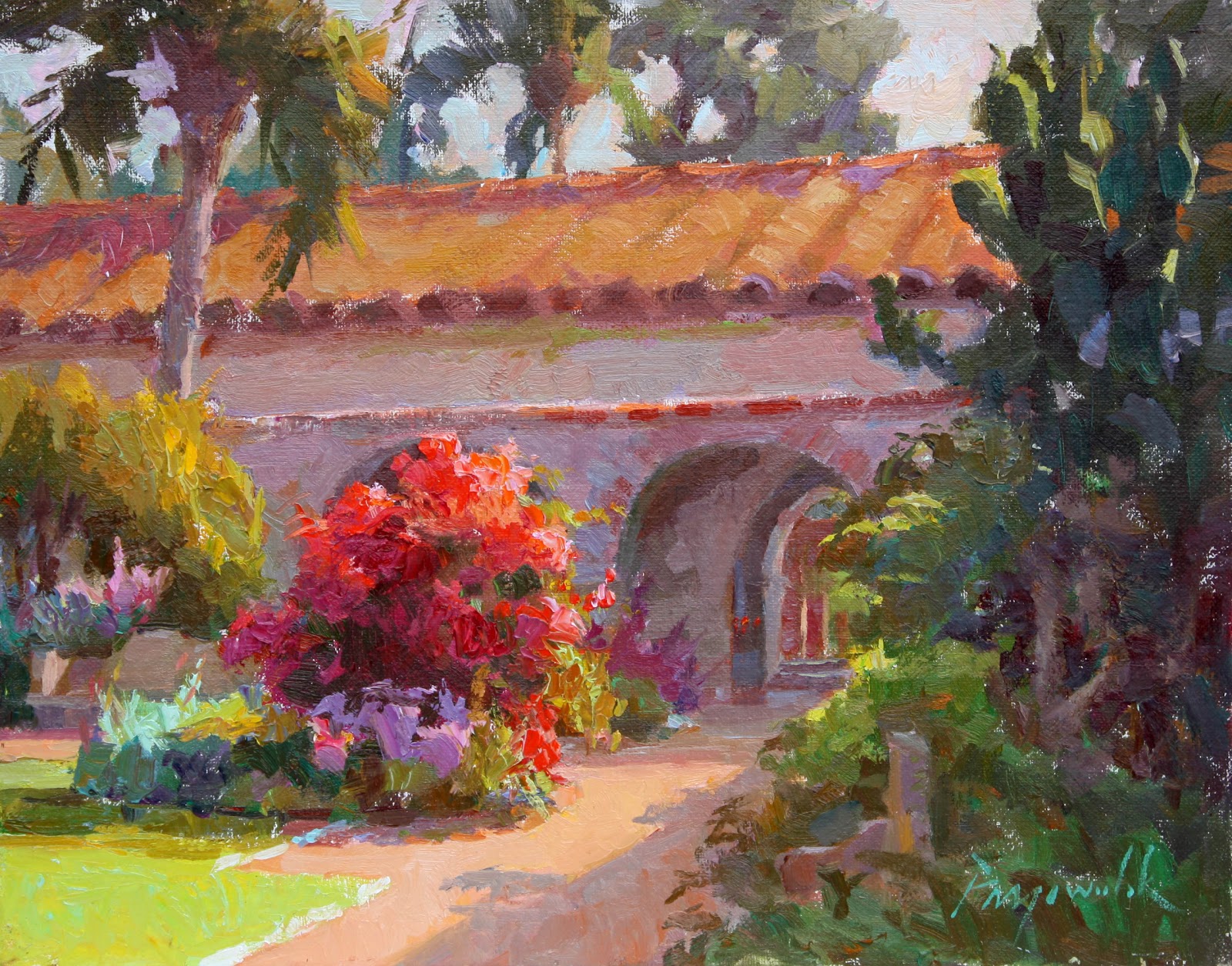Mixing styles of the late High Renaissance into the early Baroque period, Mannerists often depicted their subjects in unnatural forms.
Bronzino’s works have been described as “icy” portraits that put an abyss between the subject and the viewer.


Salvator Rosa (1615-1673) was one of the least conventional artists of 17th-century Italy, and was adopted as a hero by painters of the Romantic movement in the later 18th and early 19th centuries. He was mainly a painter of landscapes, but the range of his subject matter was unusually wide and included portraits and allegories...
For biographical notes and works by Rosa, see Salvator Rosa | Baroque Era style.




Daniele Ricciarelli (c. 1509 - 4 April 1566), better known as Daniele da Volterra, was an Italian painter, Mannerist and sculptor.
Daniele's best-known painting is the Descent from the Cross in the Trinità dei Monti (circa 1545), after drawings by Michelangelo; by an excess of praise this work was at one time grouped with Raphael's Transfiguration and the Last Communion of St. Jerome by Domenichino as the most famous pictures in Rome.

Benato Natali (1883-1979) was born in Livorno-Italy, from a modest family, where perhaps the father, hatter by profession, led him to enroll at the School of Arts and Crafts. Not too temperamentally suited to the school system began to devote himself to drawing a self-taught, and even when one of his companions urged him to attend the study of Guglielmo Micheli little and did so against his will.


As he did in "The four seasons", in the series of "The four elements" Arcimboldo assigned to any element a face formed by the most characteristic of any of them. Nevertheless, the series possesses some elements that make it quite different, and even more interesting, than the previous one.
First, and contrary to the previous series, every face is formed by only one kind of element. The face of "The Earth" is formed exclusively by land animals, "The Air" is made of birds, and "The Water" by fish and marine animals.

Giuseppe Arcimboldo painted numerous series about "The four seasons" (one in a private collection in Bergamo, painted around 1572; another one, painted in 1573, in the Louvre Museum) being each of them a copy without many variations of the previous one, reflecting the success of the series. The painter represented the hypothetical faces of every season with the most typical element of any of them. Thus the face of the spring is made of flowers, the summer has a face of fruits and a body of wheat, while the autumn is a curious summary of fallen leaves, fruits and mushrooms.

Giuseppe Arcimboldo, also spelled Arcimboldi (1527-1593) was an Italian painter best known for working in the Mannerism style and for creating imaginative portrait heads made entirely of such objects as fruits, vegetables, flowers, fish, and books - that is, he painted representations of these objects on the canvas arranged in such a way that the whole collection of objects formed a recognisable likeness of the portrait subject.
For biographical notes and painting works by Arcimboldi see Part 1 - Painting.

Jimmy Lawlor was born in Wexford. He now lives in Westport, in the magnificent West of Ireland. Lawlor has been exhibiting for over 20 years.
His work is based not only on the Irish sense of humour, but on the vivid realisation that the old way of life will have vanished by our next generation.
His work takes elements from his surroundings and mixes them with the people of the place, in their environment and doing what they love best. In their own way, they have helped create the atmosphere around them, whether they be farmers, business people, students or otherwise.

Thomas Cole's renowned four-part series traces the journey of an archetypal hero along the "River of Life. Confidently assuming control of his destiny and oblivious to the dangers that await him, the voyager boldly strives to reach an aerial castle, emblematic of the daydreams of "Youth and its aspirations for glory and fame. As the traveler approaches his goal, the ever-more-turbulent stream deviates from its course and relentlessly carries him toward the next picture in the series, where nature's fury, evil demons, and self-doubt will threaten his very existence. Only prayer, Cole suggests, can save the voyager from a dark and tragic fate.

Louis Rémy Mignot (1831-1870) was among the Hudson River School style of painters and did numerous tropical landscapes of Panama and Ecuador as well as scenes of upper New York state and some of the Southern states. Louis Rémy Mignot was short lived, dying at age 39.
Louis Remy Mignot was born in 1831 in Charleston, South Carolina. His father Remy Mignot was a French Catholic immigrant who owned a confectionary shop in Charleston. His boyhood, during which he demonstrated a precocious artistic talent, seems to have been spent in his grandfather's home, near Charleston.

Frederic Edwin Church (1826-1900) was perhaps the best-known representative of the Hudson River School of landscape painting as well as one its most traveled. Born in Hartford in 1826, he was the privileged son of Joseph Church, a jeweler and banker of that city, who interceded with Connecticut scion and collector Daniel Wadsworth to persuade the landscape painter Thomas Cole to accept his son as a pupil.
From 1844-1846, Church studied with Cole in his Catskill, New York, studio and accompanied him on sketching sojourns in the Catskill Mountains and the Berkshires of Massachusetts. At one point, the master characterized the student as having "the finest eye for drawing in the world".